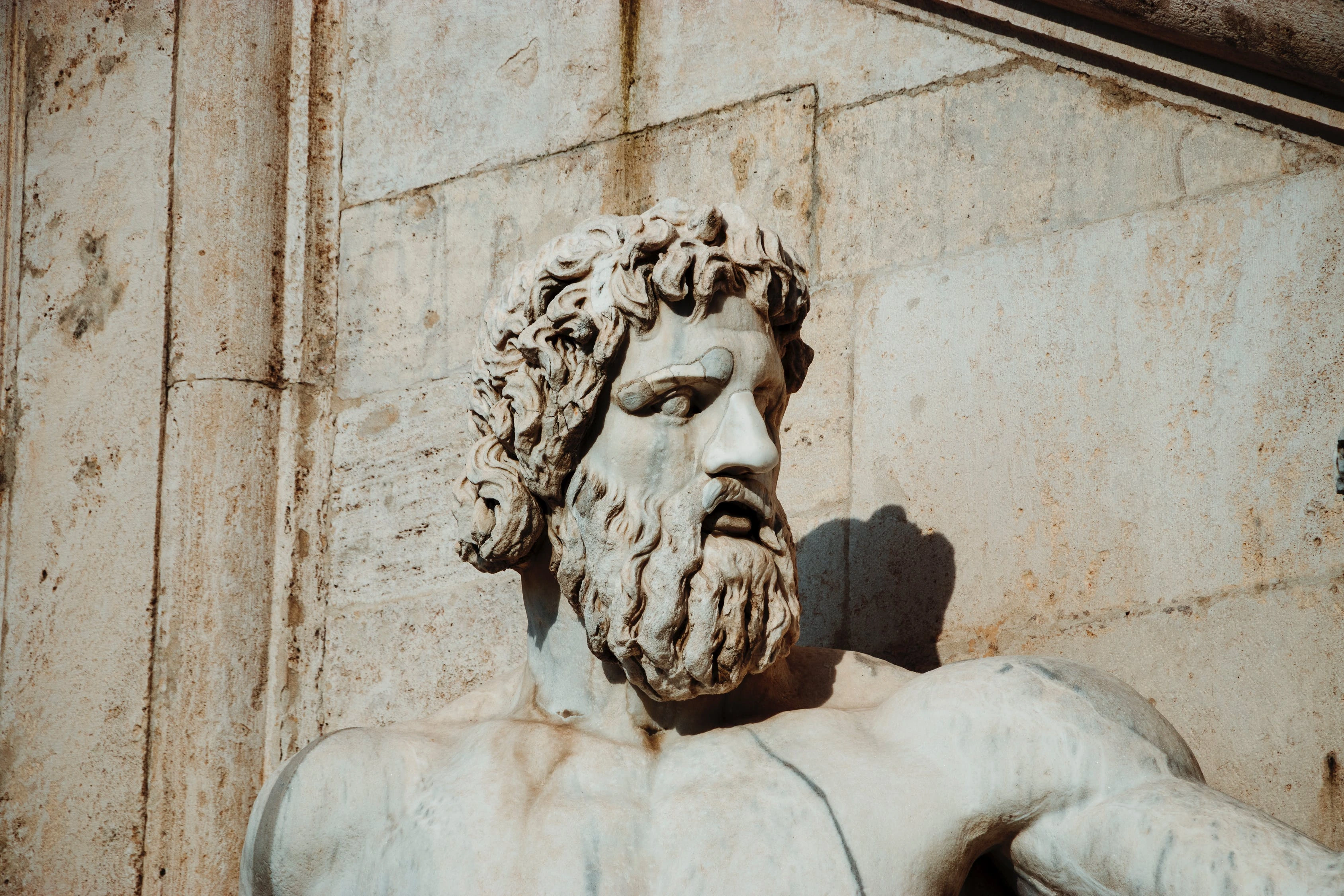Art in the Egyptian and Greek civilizations are the central themes for the present research. Ancient Egypt is well known for beautiful art forms, and following the evolution, human forms represented through figures were outstanding (Viking, 2020). The Mask of Tutankhamun is an example of ancient Egyptian art and remains one of the most notable art pieces in Egypt and the rest of the world and lays adjacent to the king’s remains. It has an iconic purpose, and in ancient times, it would be symbolic during occasions. Mask of Tutankhamun was a dignified object as it would ensure that the king resurrected.
The Mask is an idealized representation of the king through the portrait, and it would concede the soul to identify the mummy following its day time strolls. Incase unforeseen incidents occurred to the body; the Tutankhamun Mask would allow it some space to reside (Viking, 2020). The use of gold in making the Mask intended to ensure the Mask lasted an eternity. On the physical properties, the Mask is 54 cm tall and a height of 39 cm while it weighs 11 kilograms (Viking, 2020).
Artists Behind the Art
Artists behind the art designed it to form a king with a stripped nemesis headdress and the strips as inlaid. Further, the strips have a glass of deep blue color whose purpose is to mimic lapis lazuli (Viking, 2020). There are also semiprecious stones and a form of pasted glass as inlays and forming the board collar, and ends as falcon heads (McDonald, 2017). The curved beard signifies the divination status attached to him while the two ladies on the forehead represent him as the Lord of two Egyptian lands.
The ‘Dying Warrior’ is an example of Greek art and classified as a pediment sculpture found in the Aphaia temple. It is a representation of a Trojan hero who fell, and researchers believe that it could have been Laomedon (Joy of Museums, 2020). At first, the art was part of the east pediments of the temple, and its creation could have occurred between 505- 500 BC (Joy of Museums, 2020). The warrior symbolizes tragedy, which is a dominant theme in Greek art, but the society perceives the fallen hero as one who fell in war and is therefore idolized. In the Greek civilization, it was an appreciable honor to die in war as it illustrated strength and courage (Joy of Museums, 2020). Once such a hero died, the Greeks believe that they became immortals. The sculpture represents the transition to the classic style, and although the warrior has a slight smile, it is a reaction to his circumstances.
The Egyptian Tutankhamun Mask and Greek Dying warriors are similar in that they represent notable figures in their civilizations. The Mask in Egyptian art depicts a funeral asset for the king while the fallen warrior, despite speculations of his identity, becomes an immortal after his death. Both the king and the warrior who identify with the pieces of art have similar characteristics that make them admirable, including honor and courage. Also, they center around death since the Mask is used for death while the dying warrior is a soldier dying in war. However, the materials used in competing for each differs, since while the Mask has gold finishing, the Dying Warrior sculpture is in marble.
Each Piece of Art Has Made Remarkable Contributions to Art History
Each piece of art has made remarkable contributions to art history by adding pieces of information that might have been missing and forgotten. For example, the discovery of the Tutankhamun mask in early 1920 came with the realization that more kings had been forgotten. Also, through the art, one learns that the Egyptian kings were of varying ages. Further, Tutankhamun’s early death made it known that incest was practical in civilization but had detrimental impacts. In equal measure, the Dying Warrior adds to the existing warriors who remain honored for their courage despite dying in the battlefield. Further, the piece of art reinforces tragedy as a recurrent theme in Greek history.
References
Joy of Museums. (2020). “Dying Warrior” – Pediment Sculpture from the Temple of Aphaia – Joy of Museums Virtual Tours. Joy of Museums Virtual Tours. Retrieved 21 June 2020, from https://joyofmuseums.com/museums/europe/germany-museums/munich-museums/glyptothek/dying-warrior-pediment-sculpture-from-the-temple-of-aphaia/.
McDonald, D. (2017). The Mask of Tutankhamun | Mask, and History of Tutankhamun. The Great Courses Daily. Retrieved 21 June 2020, from https://www.thegreatcoursesdaily.com/the-mask-of-tutankhamun/.
Viking. (2020). Tutankhamun’s Death Mask – Tutankhamun London Exhibition. TUTANKHAMUN – London. Retrieved 21 June 2020, from https://tutankhamun-london.com/news/tutankhamuns-death-mask/.








